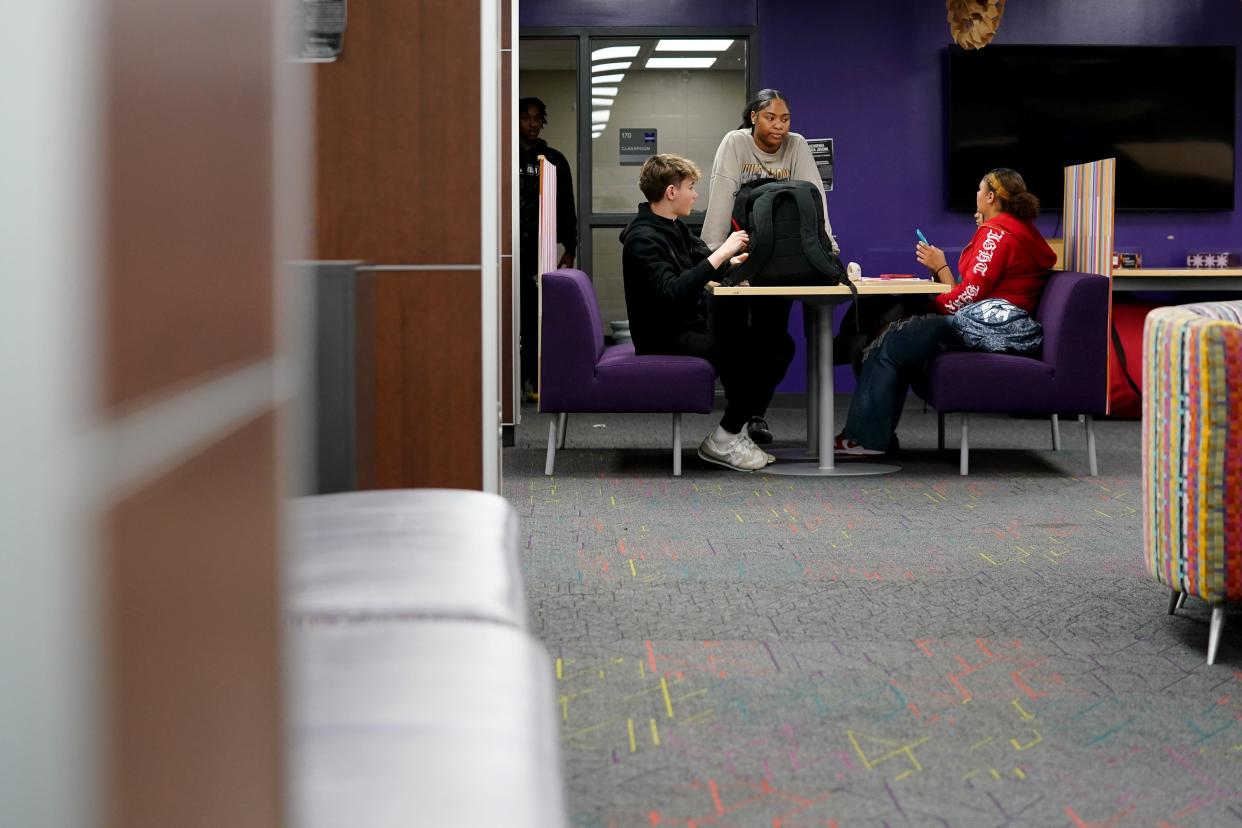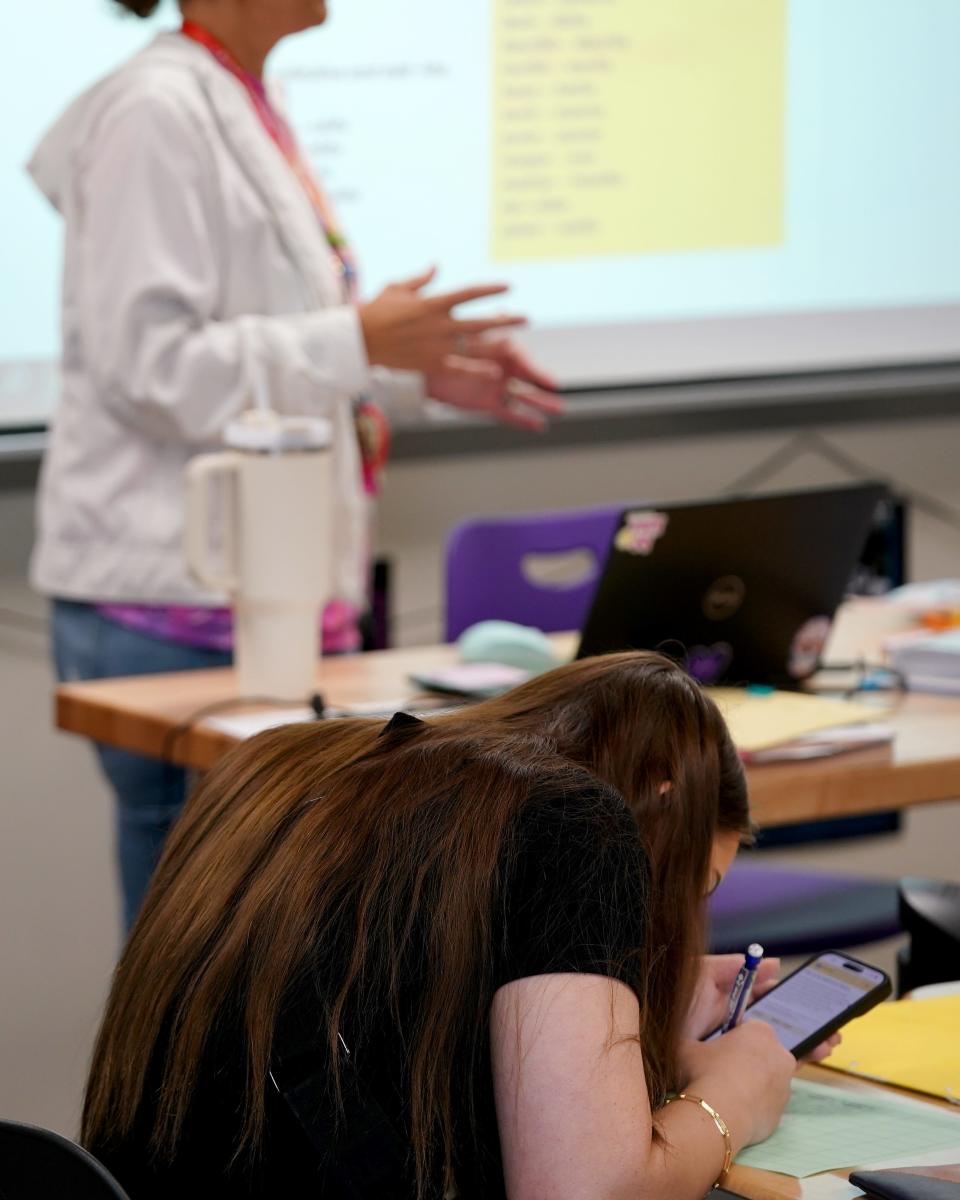Southwest Ohio schools got $745 million in pandemic relief funds. Did they spend it all?

The federal government awarded $745 million in pandemic relief to public schools in southwest Ohio over the last three years. And time's nearly up to spend it.
Local schools spent those millions on reading programs, tutors, social and emotional learning tools, nurses, counselors and other staff. They bought new HVAC systems. They created and revamped summer learning programs to accommodate more students and add enrichment.
Most districts in the region spent 90% or more of their allotted Elementary and Secondary School Emergency Relief funds as of late March, according to data compiled by Georgetown University's Edunomics Lab, available on the ESSER Expenditure Dashboard. Any remaining dollars that aren't obligated by the end of September will be lost. Meanwhile, districts that got used to pandemic relief dollars padding their general funds are now slashing resources for the school year to come.
Families and staff at Mount Healthy City Schools were devastated to hear that nearly one-third of the district's teachers are being let go at the end of this school year. Mount Healthy received nearly $26 million in pandemic relief funds over the last three years and is now approaching a $10.8 million deficit. Administrators point to the end of pandemic relief dollars as one of the main reasons for the deficit. The state recently took over the district's finances.
More: Teachers union issues vote of no confidence in Mount Healthy Schools leadership
Cincinnati Public Schools received more than $325 million over the course of the pandemic. This spring, the board addressed a $77 million budget gap by cutting summer programming and full-time substitute teachers, taking away take-home devices for young learners, reducing the number of registered nurses and consolidating bus routes, among other cost-saving measures. Treasurer Jennifer Wagner has referred to an "ESSER cliff" since those funds were announced, trying to prepare the district for potential trouble when the funds run out.
Middletown City School District hired more than 120 people with their pandemic relief dollars to help with student learning recovery, Superintendent Deborah Houser said. These positions included school resource officers, nurses, reading tutors, paraprofessionals and bilingual specialists. None were teachers.
Houser said the district always intended to keep those additional staff members only through the end of this school year and told those hired that was the case. Through funding restructuring, the district is able to keep 66 of those new hires on next school year but is cutting more than 40 employees.

Houser knows the cuts, while fewer than intended, can be hard on school communities.
"When somebody's with you for three years, they become a part of who you are and they become a part of your family," she said.
But the pandemic relief dollars allowed Middletown to do much more than make new hires, Houser said. The district purchased a new K-12 reading program, new textbooks, therapy dogs, a career awareness program and was able to expand several other resources to kids.
"We are very fortunate," she said. "Because what we were able to do during the time we had that money has really set us up for success."
The data available on the Edunomics Lab dashboard is based on reports through the end of March and states Middletown still has more than $13 million in pandemic relief dollars to spend. That's down to a little over $9 million in May, said Middletown Treasurer Randy Bertram. He said the district has plans to spend all of it by the deadline Sept. 30.
Below you'll see how much each school district in southwest Ohio received in pandemic relief dollars, and how much of those funds were spent as of a March 27 report, according to the ESSER Expenditure Dashboard posted by Georgetown University's Edunomics Lab. Pandemic relief information for other school systems in Ohio can be found here.
This article originally appeared on Cincinnati Enquirer: How much pandemic relief money is left for schools?

